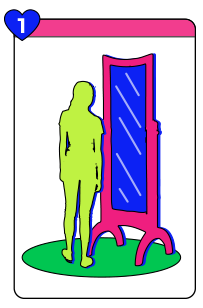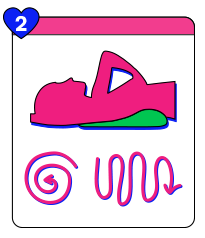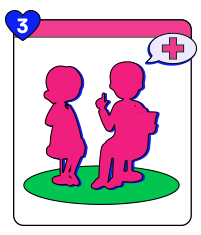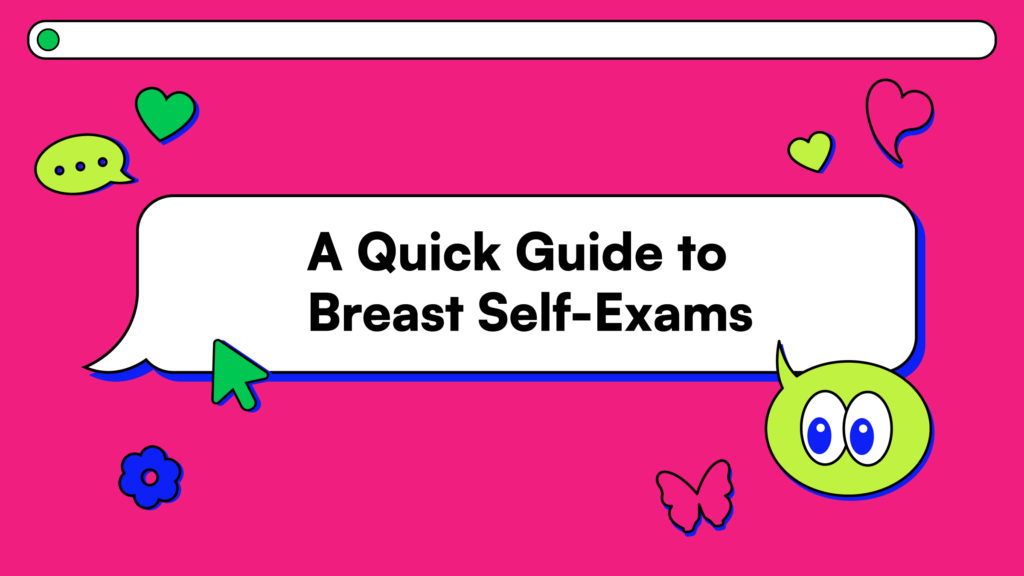Looking in the mirror, when was the last time you paid close attention to your breasts? Have they always looked and felt the same? Just like any other parts of our body, our breasts need care and attention, if not more.
Breast cancer is the most common cancer for women worldwide. According to the World Health Organization (WHO), about 2.3 million women were diagnosed with breast cancer in 2020 and the number of new cases is estimated to increase to three million from 2020 to 2040. Breast self-examinations are useful to raise awareness about normal breast conditions, and help with early detection of breast cancer before it spreads. The earlier the diagnosis and treatment begin, the higher the chances of survival.
Self-examinations are a useful way to easily detect any new lumps, bumps, or abnormalities at home. Here is everything you need to know when it comes to a breast self-exam.
Breast Self-Examination
During a breast self-examination, there are several things to look out for, especially recent abnormal changes that might indicate underlying health issues.

- Get in front of a mirror and observe for any visible abnormal changes to the breasts with your arms on the side. Then, repeat it with your arms raised above your head, and with your arms on hips. Some of the observable signs and symptoms of breast cancer include swelling of the breast, nipple discharge, breast skin dimpling, red scaly rashes on and around the nipples, and newly inverted nipples.

2. Raise one arm above your head and use three fingers to feel your breast on the same side as your raised arm. Do it in a small circular motion from around the breast and towards the nipple and then in an up and down motion too. Afterwards, feel your armpit and the area between your armpit and your breast too. Take note if there’s any new thickening of breast skin or new lumps under your skin. Repeat the same procedure on the other breast, then repeat the entire routine while lying down with a pillow under the shoulder on the side you’re examining. Give the nipples a gentle squeeze and observe for any discharges. Lumpiness during period is usually normal and will go away as your period ends, but new lumps may need extra attention if they persist after your period and do not feel the same in both breasts.

3. If you notice any of these abnormal changes on your breasts, it is important to visit your family doctor as soon as possible. They might conduct some examinations, and if needed, they will refer you to a breast specialist for further consultation or testing. Generally, women above the age of 40 are encouraged to have mammogram screens yearly.
It is encouraged to begin breast self-examinations around 20 years old. Try doing one monthly to get used to how your breasts normally feel, that way it’ll be easier to detect any abnormal changes. The best time to do it is a week after your period ends, when the breast tenderness caused by hormone changes subsides.
It may feel a little strange when you first start doing breast self-examinations because you may not be familiar with how your breasts feel (I know I freaked out a little when I first felt the ‘normal’ lumps), but over time you’ll be more familiar with your breasts, and noticing changes will become easier. If you’re concerned about any changes to your breasts, or you just want some guidance on how to get started with breast self-examinations, don’t hesitate to get in touch with your doctor for advice.
This article originally appeared in our Women’s Issue, be sure to read it here!




